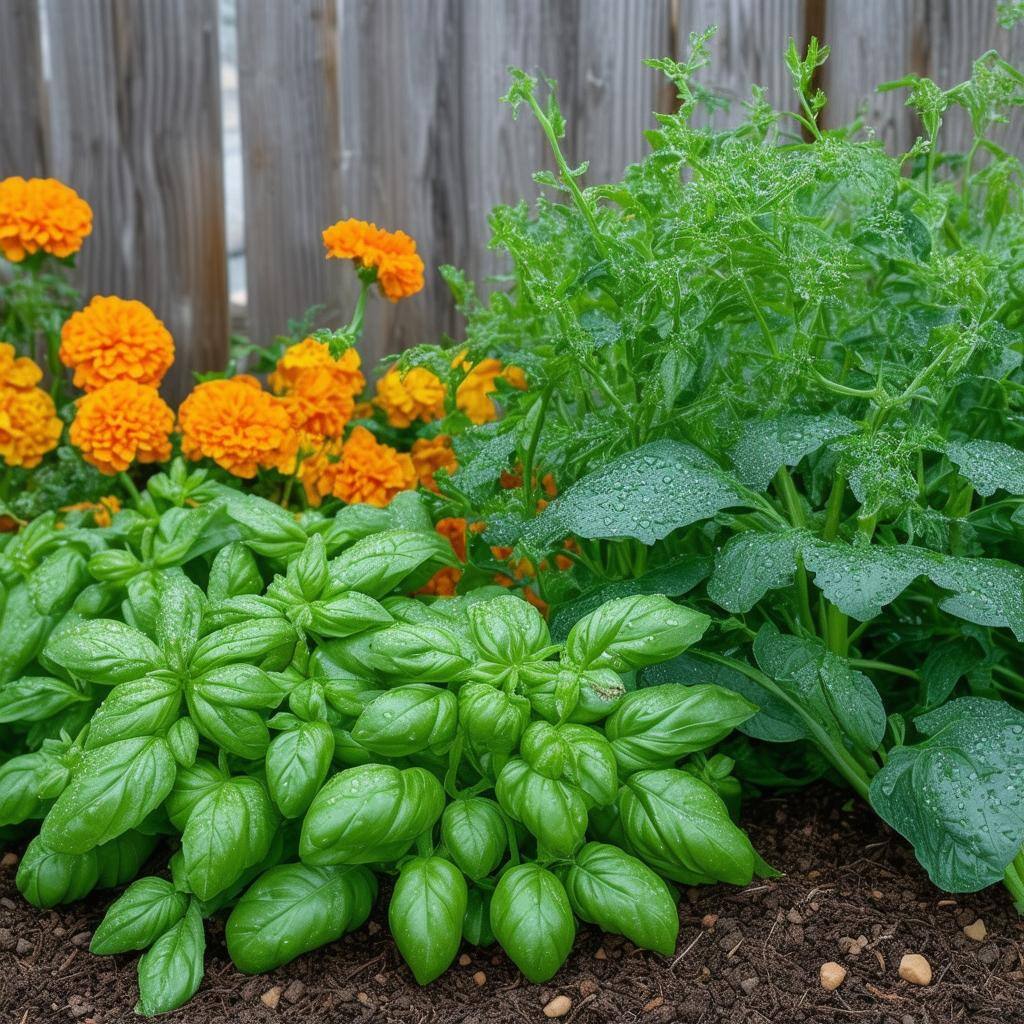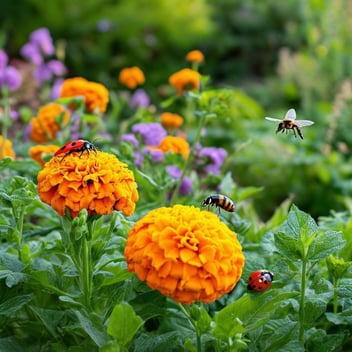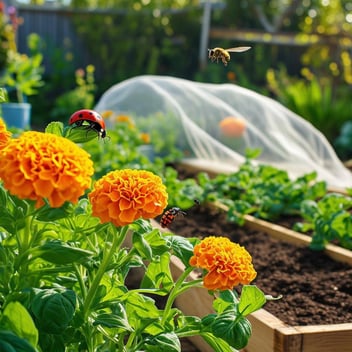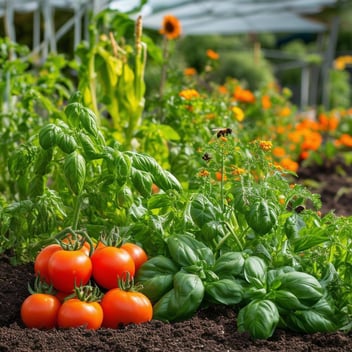Companion Planting Tips for Natural Pest Management
-
Introduction
Companion planting is a time-honored horticultural practice that involves cultivating specific plant pairings to foster mutual benefits, particularly in natural pest management. By strategically selecting and positioning plants, gardeners can create a harmonious ecosystem that deters pests, attracts beneficial insects, and promotes robust plant health.
-
Understanding Companion Planting
-
Definition and Principles
Companion planting entails the deliberate arrangement of different plant species in proximity to enhance growth, repel pests, and improve crop yield. This method leverages the natural properties of plants to create a balanced and self-sustaining garden environment.
-
Historical Context
Historically, indigenous cultures practiced companion planting, such as the "Three Sisters" method, which combined corn, beans, and squash to support each other's growth and deter pests.
-
-
Benefits of Companion Planting for Pest Management
-
Natural Pest Repellent
Certain plants emit scents or chemicals that repel specific pests. For instance, marigolds produce compounds that deter nematodes and aphids.
-
Attraction of Beneficial Insects
Flowers like nasturtiums and herbs such as basil attract predatory insects, including ladybugs and hoverflies, which prey on common garden pests.
-
Trap Cropping
Some plants serve as sacrificial crops, luring pests away from main crops. For example, nasturtiums can attract aphids, diverting them from more valuable plants.
-
-
Effective Plant Pairings
-
Tomatoes and Basil
Basil planted alongside tomatoes can repel tomato hornworms and improve tomato flavor.
-
Carrots and Onions
Onions emit a strong scent that deters carrot flies, while carrots can help repel onion flies, creating a mutually beneficial relationship.
-
Cabbage and Marigolds
Marigolds release chemicals that repel cabbage moths and other pests, protecting cabbage plants from infestation.
-
-
Implementing Companion Planting in Your Garden
-
Garden Planning
Assess your garden layout and determine suitable companion plants based on your primary crops and common pest issues.
-
Diverse Planting
Incorporate a variety of plants to promote biodiversity, which can naturally reduce pest populations and enhance ecosystem resilience.
-
Succession Planting
Rotate crops and their companions each season to prevent pest build-up and soil depletion.
-
-
Considerations and Limitations
-
Allelopathy
Be aware that some plants release chemicals that can inhibit the growth of others. For example, black walnut trees produce juglone, which can be detrimental to certain vegetable plants.
-
Space and Resource Competition
Ensure that companion plants do not compete excessively for light, water, or nutrients, which could hinder the growth of your main crops.
-
Local Climate and Soil Conditions
Select companion plants that are well-suited to your region's climate and soil to ensure their effectiveness and vitality.
-
-
Conclusion
Companion planting offers a sustainable and eco-friendly approach to pest management in gardens. By understanding and utilizing the synergistic relationships between plants, gardeners can reduce reliance on chemical pesticides, enhance plant health, and cultivate a more resilient and productive garden ecosystem.




